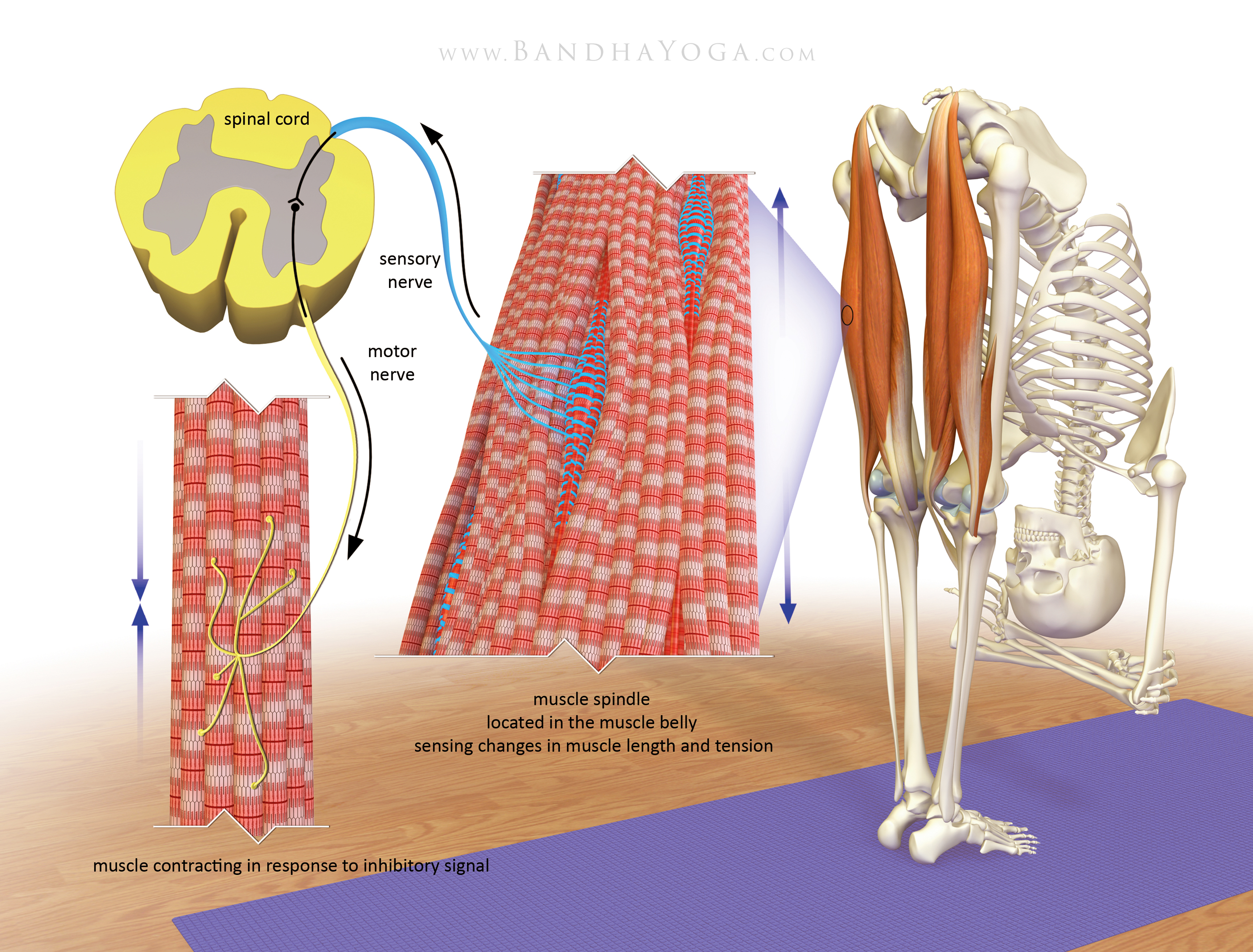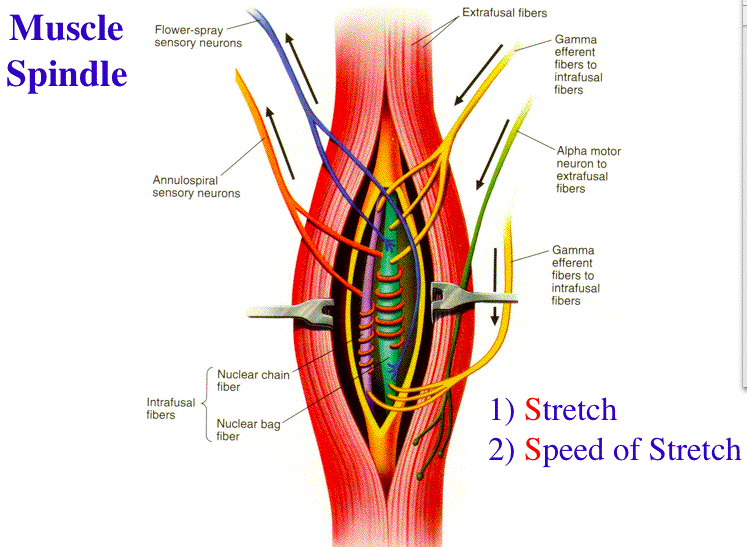

However, these approaches did not sample the syncytial myofibers. More recently, several studies have used single-cell approaches to reveal the cellular composition of the entire muscle tissue 18, 19, 20. The former is difficult to scale up, whereas the latter averages the transcriptomes of all nuclei. Previous studies on gene expression in the muscle relied on the analysis of selected candidates by in situ hybridization or on profiling the entire muscle tissue. Such knowledge may provide insight into how skeletal muscle cells orchestrate their many functions. Since a systematic analysis is currently lacking, we neither know the extent of myonuclear heterogeneity nor can we assess whether additional myonuclear types exist beyond those at the NMJ and MTJ. In addition, stochastic transcription of particular genes has been reported in myofibers, but it is unknown whether this reflects differences in myonuclear identities 17. Therefore, locally regulated transcription plays an important role in establishing functional compartments in the muscle. Previous studies have reported that the diffusion of transcripts and proteins in myofibers is limited, and indeed specific transcripts and proteins associated with the NMJ and MTJ appear to diffuse little inside the fiber 5, 11, 15, 16. However, little is known about the transcriptional characteristics of MTJ myonuclei and to date only a few genes like Col22a1, Ankrd1, and Lox元 were reported to be specifically expressed at the mammalian MTJ 12, 13, 14. Many cell adhesion and cytoskeletal proteins are known to be enriched at the myotendinous junction (MTJ) 10, 11. Another specialized compartment is located at the end of the myofibers where they attach to the tendon, allowing force transmission. Motor neurons are known to instruct myonuclei at the synapse to express genes that function in synaptic transmission. NMJ form in a narrow central region of the fiber, and are characterized by the enrichment of proteins that function in the transmission of the signal provided by motor neurons to elicit muscle contraction 5, 6, 7, 8, 9. The best-documented compartment is located below the neuromuscular junction (NMJ), the synapse formed between motor neurons and muscle fibers. One interesting example is the skeletal muscle fiber, a syncytium containing hundreds of nuclei in a very large cytoplasm that possesses functionally distinct compartments. Syncytial cells face an additional challenge to this fundamental problem because individual nuclei in the syncytium can potentially have distinct functions and express different sets of genes.

In doing so, cells employ various strategies like phase separation, polarized trafficking, and compartmentalization of metabolites 1, 2, 3, 4. Our data identifies nuclear compartments of the myofiber and defines a molecular roadmap for their functional analyses the data can be freely explored on the MyoExplorer server ( ).Īll cells need to organize their intracellular space to properly function. Finally, modifications of our approach revealed the compartmentalization in the rare and specialized muscle spindle. In fibers of the Mdx dystrophy mouse model, distinct subtypes emerged, among them nuclei expressing a repair signature that were also abundant in the muscle of dystrophy patients, and a nuclear population associated with necrotic fibers. This revealed distinct nuclear subtypes unrelated to fiber type diversity, previously unknown subtypes as well as the expected ones at the neuromuscular and myotendinous junctions. We investigated nuclear heterogeneity and transcriptional dynamics in the uninjured and regenerating muscle using single-nucleus RNA-sequencing (snRNAseq) of isolated nuclei from muscle fibers. Syncytial skeletal muscle cells contain hundreds of nuclei in a shared cytoplasm.


 0 kommentar(er)
0 kommentar(er)
